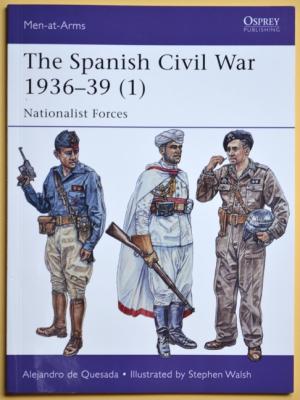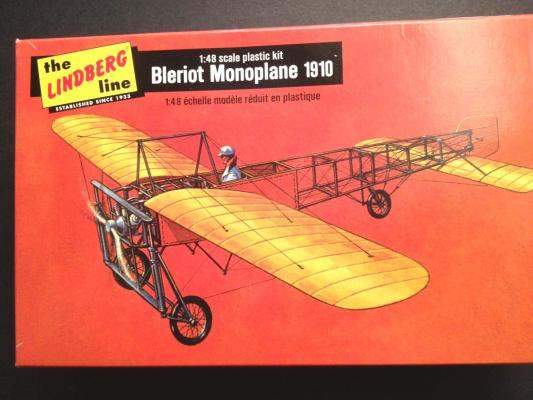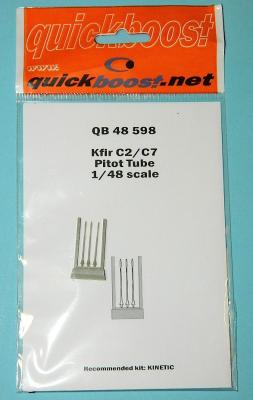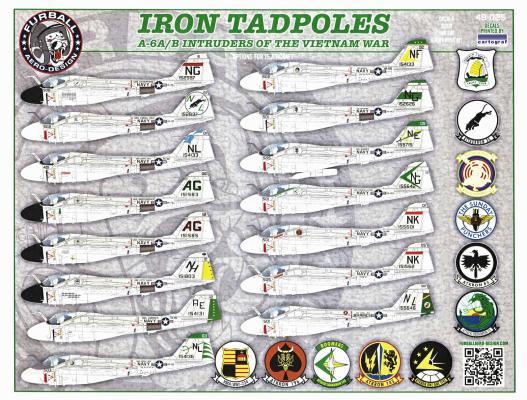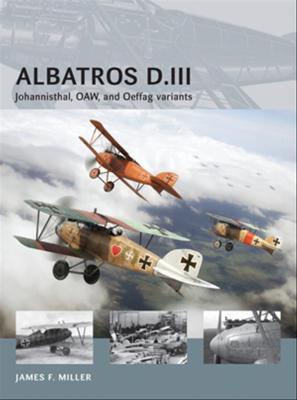Number 495 in Osprey’s Men-at-Arms series provides a concise, yet reasonably comprehensive description of the Spanish Civil War…explaining its causes, listing a chronology of events and describing those who fought on the side of the Nationalists. The Spanish Civil War 1936-1939 (1) Nationalist Forces delivers a lot of information about a significant event in the history of 20th Century warfare within its modest 48-pages.
Welcome to the IPMS/USA Reviews site!
Introduction: The primary organization of the IPMS/USA Review website is by IPMS/USA National Contest Class. Within each Class there are sub-menus by kits, decals, books, etc. The Miscellaneous Class is for items that are not class specific or that cross two or more classes.
IPMS/USA Members: We encourage you to submit reviews, both here and to the Journal. To volunteer for membership in the IPMS/USA "Reviewers Corps" and submit your own reviews, please read the Guidelines For Submitting Product Reviews.
Manufacturers, publishers, and other industry members: IPMS/USA is pleased to offer your company the opportunity for product reviews. All product reviews are performed by IPMS/USA members, and are posted in the publicly-accessible section of our website. With very few exceptions, we perform full build reviews of new kit releases, aftermarket products, and supplies. If you would care to provide product samples for review, please contact John Noack, IPMS/USA 1st VP.
To learn more about IPMS/USA, please see our About Us page.
Background
On July 25, 1909 Louis Bleriot assembled a tiny monoplane of his own design on a farm in Les Baraques, France. Weighing in at 500 lbs. and powered by a 25 HP Anzani three cylinder motorcycle engine, the airplane was the picture of utility. Still limping from a recent crash (one of many Bleriot had) he climbed into the monoplane after a short warm up flight and set out across the English Channel. 37 ½ minutes later flying at speeds up to 42 mph per hour at an altitude of 260 feet, Bleriot spotted the white cliffs of Dover and threaded his way through a gap in them to crash land on English soil. His goal in accomplishing this feat was not the prize money that totaled 20,000 dollars, but Bleriot wanted to sell airplanes and did he ever. As a result of the fame gained from the channel crossing, Bleriot would go on to build about 250 model XIs.
First: Thanks to Aires for providing IPMS USA this pitot tube to review! We appreciate your support, with the usual nod to IPMS USA leadership for allowing me to review this item.
A simple upgrade for the Kinetic KFIR; it is a direct replacement, complete with the forward part of the under-nose fairing tip. Superglue one of the three pitot tubes into place, paint it, and call it a day! This was literally a three-minute install.
I tested one of the spare pitot tubes for “twang” durability; I held the end in my hand, bent it back about ¼ inch, and it sprung back into shape. It will NOT bent back totally on itself; that results in a bent or broke tube. That said, unless you run the model off into a wall or stick it in your buddy, this should last a long time.
Furball Aero-Designs latest sheet is for the Hobbyboss 1/48 A-6A/B Intruders. This sheet has 15 different aircraft. The Intruders included are Vietnam era aircraft. Inside the package, there are 2 color back and front sheets with profiles for each of the 15 planes and includes color call outs and decal placement. A third full size sheet shows decal placement on the wing tops and the back shows a very detailed stores loading. A final single sized sheet shows stencil placement with color call outs also. You get two HUGE decal sheets with all the needed markings, numbers, wing walks and national insignia. There is also a very small sheet which has the wing markings for two aircraft. The decals are printed by Cartograf and from my previous experience with Cartograf and Furball, they are superb in application and opacity.
There are marking included for the following aircraft:
The Albatros, with its torpedo shaped fuselage is one of the more iconic German aircraft of WWI. Not without its shortcomings, it never the less gave the German air superiority mid-war and remained a mainstay of the German and Austrian air forces to the war’s end. To meet the demand for aircraft, production of the D.III was seconded out to three other companies: Johannisthal, OAW and Oeffag. This outsourcing allowed Albatros to focus on D.V production much like what happened with Grumman Corp. in World War Two – where General Motors took over production and development of the F4F-4 (FM1) and Grumman pursued the F6F Hellcat. Like in the case of the Wildcat and General Motors, Johnannistal, OAW and Oeffag continued to build and refine the D.III and turn it into a more effective and reliable aircraft. As a result the Albatros D.III never faded away when the Fokker D.VII entered service and soldiered on past the war’s end.











